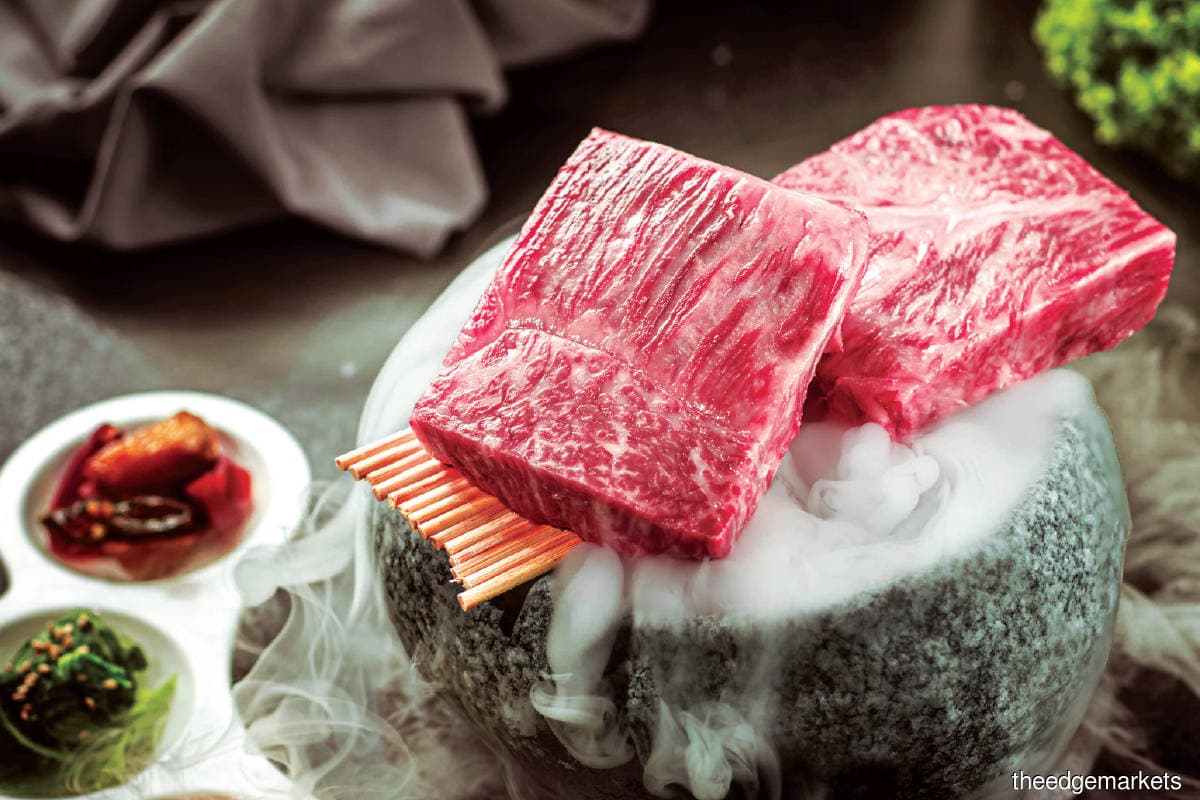
This article first appeared in Digital Edge, The Edge Malaysia Weekly on November 29, 2021 - December 5, 2021
Victor Chin has never been busier. The food photographer, who set up his business in 2017, has been besieged with requests for his services since the Covid-19 pandemic hit and food and beverage (F&B) outlets were forced to go online.
“I started running promotions online and new enquiries have been coming in ever since. Existing clients are coming back to me for new visuals to be published online and I have been receiving new inquiries for visuals for online platforms,” he tells Digital Edge.
In the past, it was the larger outlets, such as McDonald’s, that cared about — and had the time and money — to invest in professional food photography. Then it became the next big thing on social media — #foodporn.
But now, small businesses are finally seeing the value of professional food photography. They had little choice when dine-in was effectively forbidden and they had to migrate to platforms where a good photograph of their dishes could make all the difference in tempting the jaded palates of the browsers on the various food delivery platforms.
And the F&B business was definitely suffering from the fallout of this migration to digital. Many outlets, even established ones with loyal followings, were closing. According to an article in a local newspaper, over 2,000 food establishments closed last June, an immediate effect of the lockdowns.
However, as so many cafés and restaurants have brought down their shutters for good, the food delivery market has picked up exponentially. The current global market for food delivery is estimated to be around US$150 billion, more than triple what it was in 2017, according to management consultant McKinsey & Co.
With the rise in food delivery services came an associated rise in the demand for food photography.
“People always look at visuals when they order, even dine-in customers,” says Chin.
Restaurants and cafés need to rethink the way they operate. Reeling off a list of ingredients to describe a dish or using attractive adjectives (such as juicy burgers or freshly dressed salads) will no longer suffice.
Visual representations have the power to influence buying behaviour. A Google study, commissioned by Snappr last year, found that when it comes to buying meals, people regard food photos 1.44 times more important than descriptions and 1.38 times more important than reviews.
Cayden Leong, a food photographer with almost a decade of experience, believes that the importance of food photography depends on the goal of the business. If it is to cast as wide a net as possible and rake in a quick profit, good photos of the dishes are a priority.
Save by subscribing to us for your print and/or digital copy.
P/S: The Edge is also available on Apple's AppStore and Androids' Google Play.



